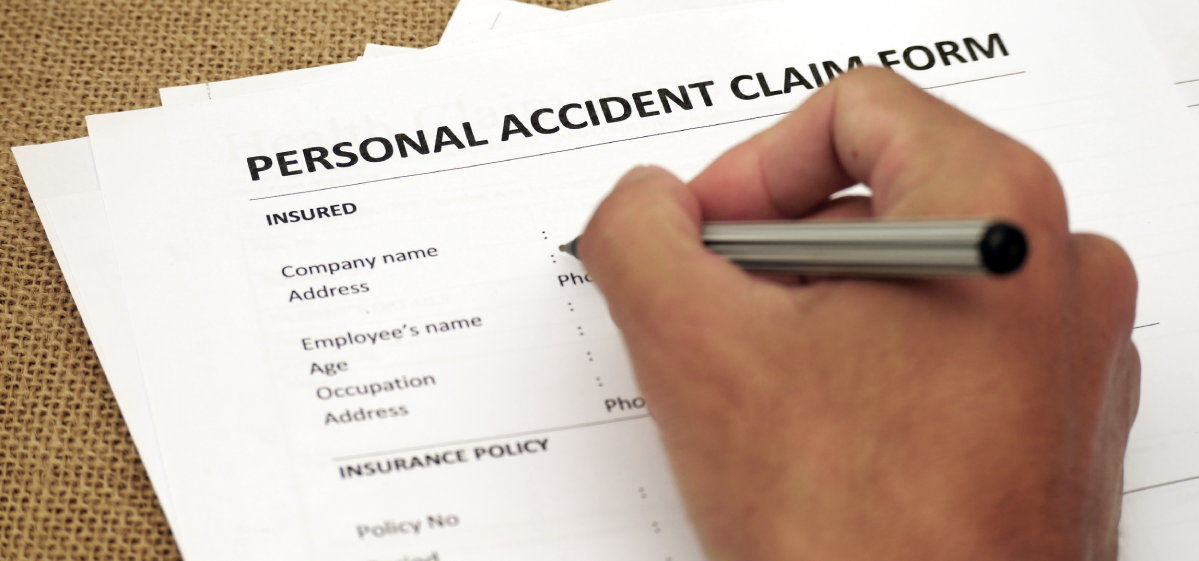Understanding the Burden of Proof in Personal Injury Cases

In personal injury cases, the plaintiff carries the burden of proof—the responsibility of proving that the defendant was negligent and the negligence was a cause of their injuries. The outcome of a case depends on whether the plaintiff can present sufficient evidence to meet legal standards. Understanding these standards is crucial for anyone seeking compensation in Florida.
The Burden of Proof Standards for Personal Injury Cases
The burden of proof standards varies depending on the type of case. In criminal cases, the standard is “beyond a reasonable doubt,” the highest standard of proof. However, personal injury cases follow a different standard known as preponderance of the evidence. This means that the plaintiff must demonstrate that it is more likely than not that the defendant’s negligence caused their injuries.
In medical malpractice, Florida law requires plaintiffs to to also provide expert testimony to establish a breach in the applicable standard of care, making the burden of proof even more challenging.
What is Preponderance of the Evidence?
Many injured parties ask, what is preponderance of the evidence? This standard is the foundation of most personal injury claims. It requires the plaintiff to present more convincing evidence than the defendant’s counterarguments. In other words, if the jury or judge believes there is a greater than 50% chance that the claim is valid, the plaintiff meets the burden of proof. Evidence that can support a claim includes:
- Witness testimony
- Medical records
- Photographic or video evidence
- Expert testimony
- Police or accident reports
This standard is lower than the criminal law threshold but requires strong, credible evidence to persuade the court.
What are Punitive Damages?
Additional damages that are awarded when the defendant’s actions were reckless or intentional.
Under Florida law, punitive damages serve as a punishment and a deterrent. However, they are only awarded in cases where the defendant’s misconduct is proven by clear and convincing evidence—a higher standard than preponderance of the evidence. Courts may impose limits on punitive damages, typically capping them at three times the amount of compensatory damages or $500,000, whichever is greater.
Shifting the Burden of Proof
While the burden of proof typically falls on the plaintiff, the responsibility shifts in some situations. This process, known as shifting the burden of proof, occurs when the plaintiff presents compelling initial evidence that the defendant must then counter. For example, in Florida’s res ipsa loquitur doctrine (Latin for “the thing speaks for itself”), the burden may shift if:
- The injury could not have happened without negligence.
- The defendant had exclusive control over the situation.
- The plaintiff did not contribute to the harm.
A classic example is a surgical instrument left inside a patient after surgery. The plaintiff does not need to prove exactly how the mistake happened—only that such an event is evidence of negligence. The defendant then must provide proof that they were not negligent.
Understanding the burden of proof in personal injury cases is essential for those seeking compensation after an accident. The plaintiff must provide enough evidence to meet the standard of preponderance of the evidence, while punitive damages require clear and convincing evidence. In some cases, the burden of proof may shift to the defendant.
If you have suffered a serious injury due to negligence, the personal injury lawyers at SS&W Law can help. Our experienced Florida attorneys understand the complexities of personal injury law and will work to ensure you receive the compensation you deserve. Contact us today for a free consultation.
Recent News
Understanding the Burden of Proof in Personal Injury Cases
ssw9622025-05-02T02:43:08-04:00March 18, 2025|
Most Common Types of Personal Injury Cases and Compensation
ssw9622025-05-02T02:37:38-04:00March 11, 2025|
Who Can File a Wrongful Death Claim in Palm Beach Gardens?
ssw9622025-05-02T02:33:56-04:00March 4, 2025|



